Cotton Researchers Bridge the Gap Between Farm and Lab
December 18, 2019
U.S. Cotton Researchers Bridge the Gap Between Farm and Lab
Cotton researchers bring cutting-edge innovations to the field to help U.S. cotton farmers improve the sustainability of their cotton crops.
Cotton LEADSTM is committed to enabling industry-changing research to create sustainable solutions for cotton agriculture and manufacturing. We have worked with the cotton researchers highlighted below in varying capacities and the good work they’re doing is improving the cotton industry and ensuring cotton farmers can continue stewarding their crops and their land sustainably for generations to come. Together, U.S. farmers and researchers are working to protect the land while enabling the manufacturing of sustainably sourced and produced cotton products.
Dr. Fred Bourland
Faculty Director, Professor, and Cotton Breeder at the University of Arkansas
In 2010, Bourland worked with Cotton Incorporated to develop a Q (Quality) score – an index that enables all the cotton HBI quality traits to be combined into one measurement. This development improved the ability of scientists to determine which genetics would produce a higher-than-average yield.
Generally, an increase in yield results in a decrease in quality, but researchers have been able to improve both over the past two years. Improving the genetics’ pest resistance as well as breaking down yield components has resulted in improved profitability, a decrease in price, and overall better saleability of the fiber.
"The primary purpose of the breeder is to make the plant more efficient, to produce that [higher] yield." – Fred Bourland
The quality of the fiber and size of yield all goes back to breeding.
Dr. Tina Gray Teague
Professor of Entomology and Plant Science at Arkansas State University & University of Arkansas
The U.S. cotton industry has made tremendous progress. Researchers like Dr. Teague are focused on developing ways to facilitate farmers achieving good profits while leaving the land and the water better off than when the farmers inherited them.
In her work, Dr. Teague asks the question, "How can we use components of integrated pest management to reduce our farmers’ costs, reduce their inputs and maintain or improve their current yields?"
Experimentation with nutrient management, seeding rates and varieties, and equipment allows researchers to create and measure a ‘prescription’ for each farm site. Dr. Teague says, “My objective is to get to where we never have to use insecticides because our production system is so balanced.” Experimenting and measuring is the only way to determine and prescribe long term solutions that improve yield, profitability and sustainability.
Dr. Bill Robertson
Cotton Extension Agronomist with University of Arkansas
"Our #1 goal is to help improve the profitability of our cotton farmers."
The main role of an extension specialist is to provide education. The work Dr. Robertson does is a great example of what needs to happen to bridge the gap between lab and farm, and he says, "The extension was founded to facilitate the transfer of technology from the researchers to the producers."
The best way for information to get back to the farmers is through researchers like Dr. Robertson who spend time with farmers understanding and implementing technology to improve cotton quality, yield size, profitability and sustainability.
The work we do is possible because of collaborations with researchers like these and partnerships with people all throughout the value chain. Ready to commit to sustainably produced cotton? Become a Cotton LEADS partner today. Interested in doing even more? Contact us for ideas to get the most out of sustainable cotton and your partnership with Cotton LEADS.

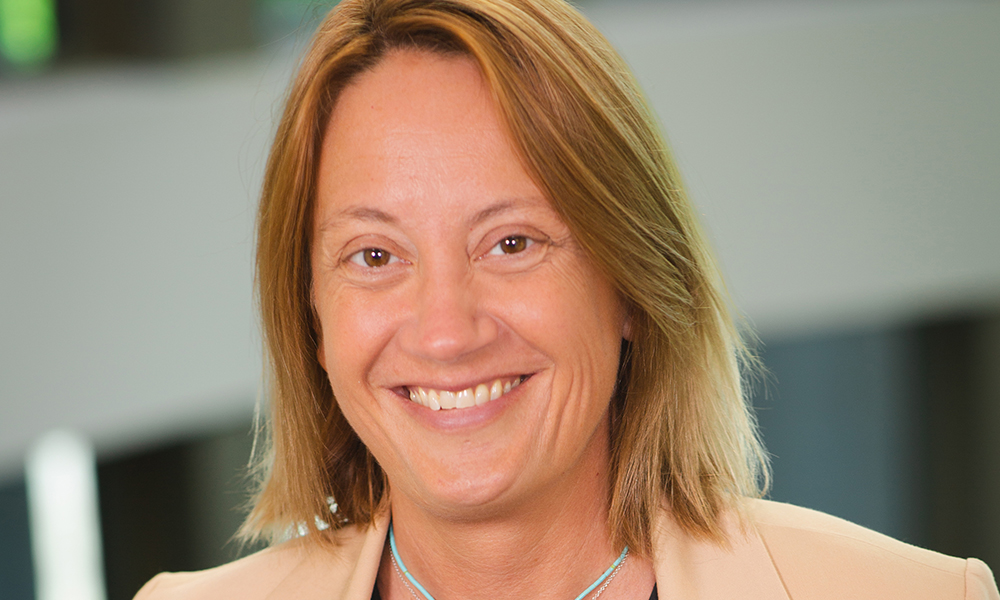
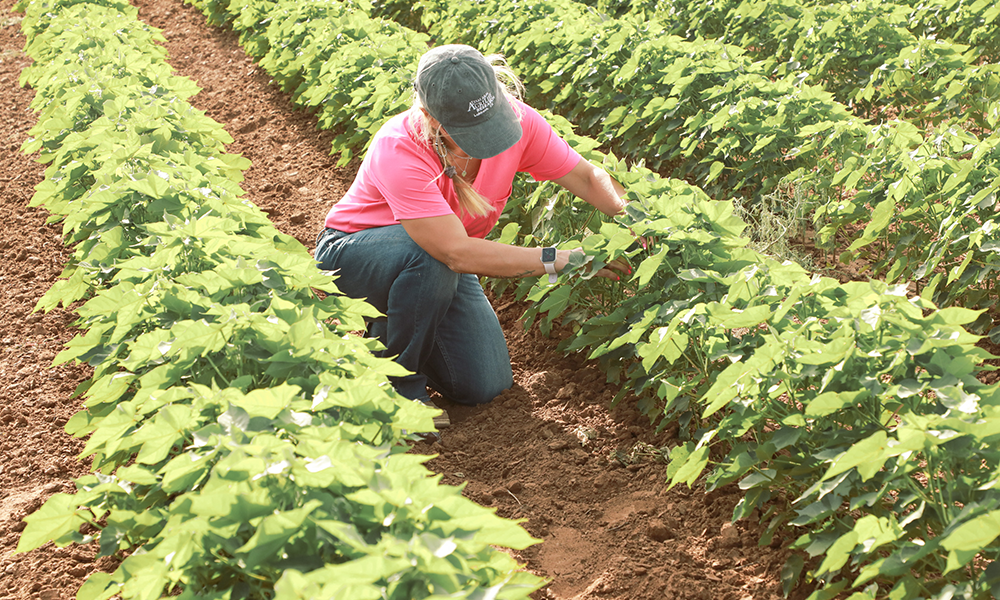


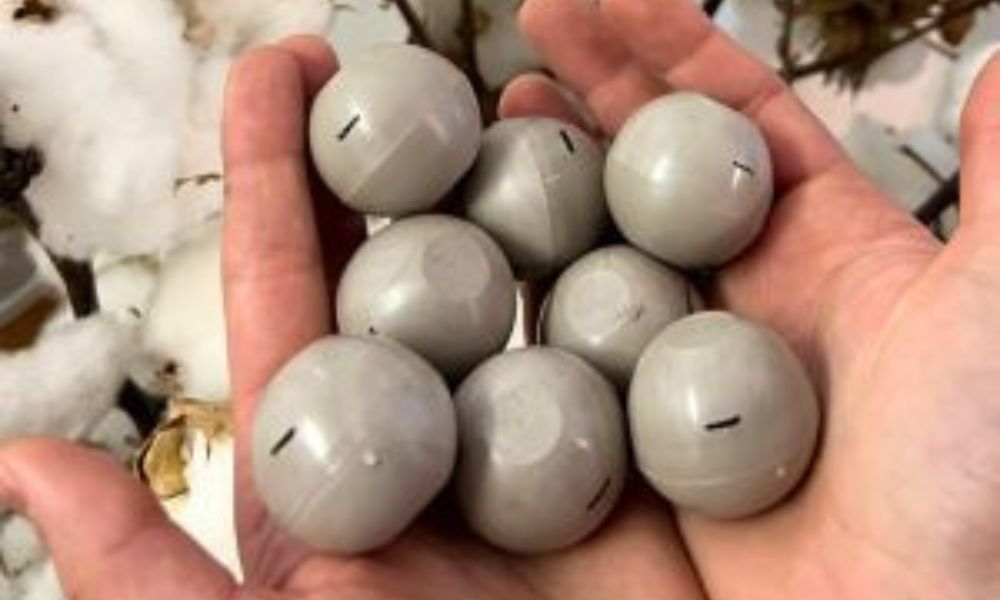

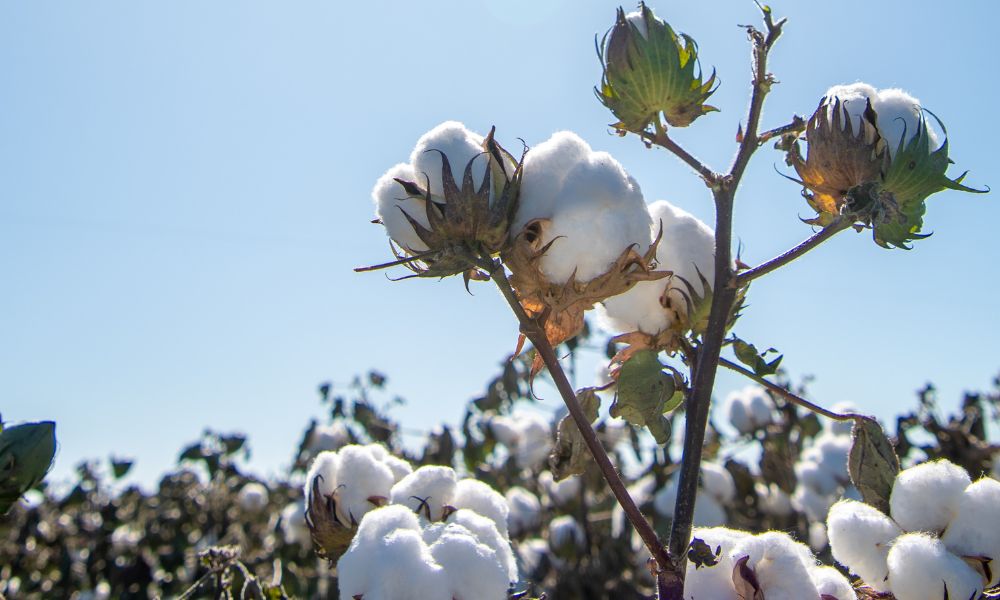

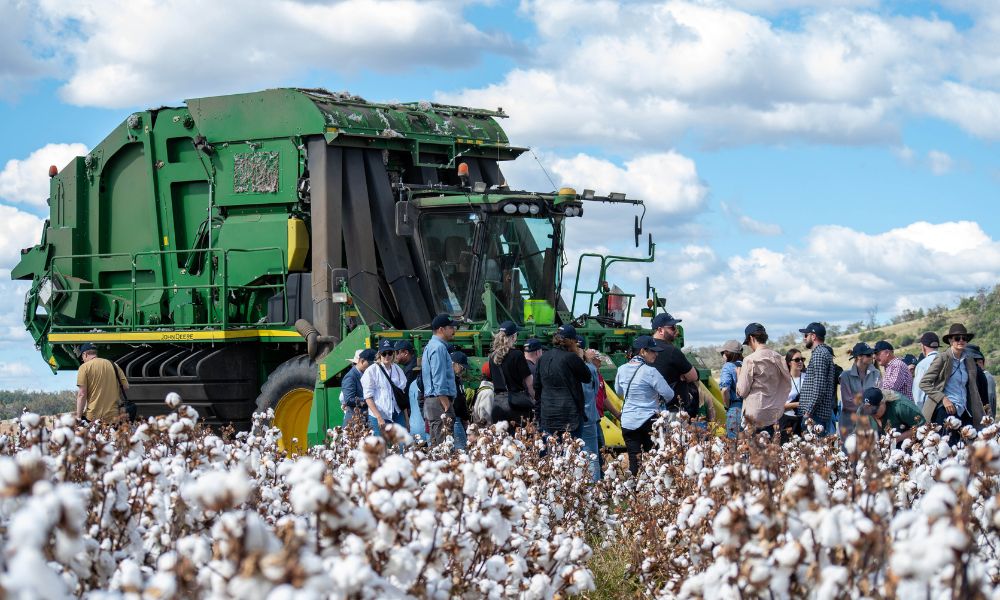




Recent Comments